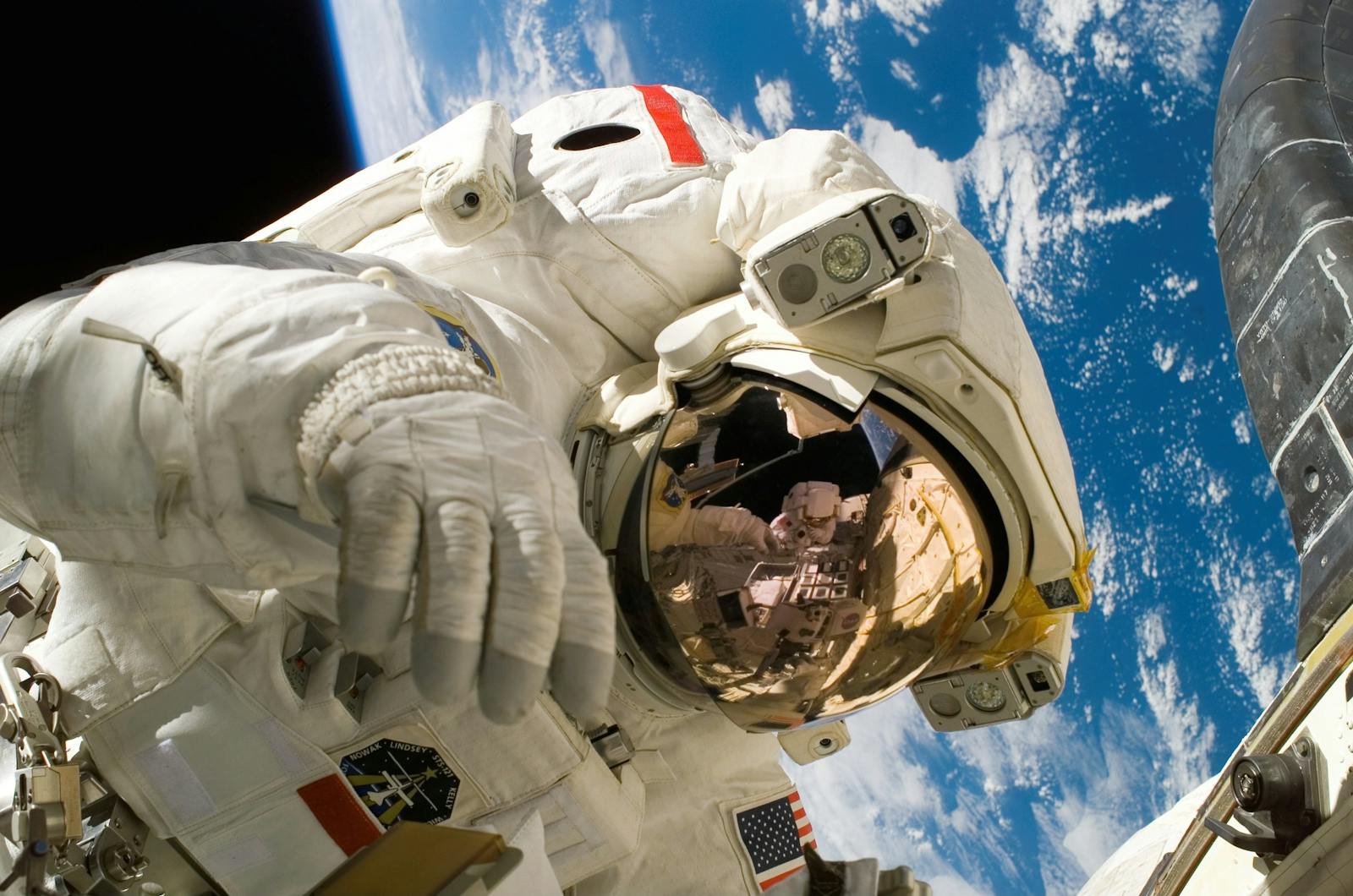Exploring the Cosmos: 30 Mind-Blowing Space Facts

By Sandra Rob. Updated: 07 Nov 23
Welcome to a cosmic journey through the mysteries and wonders of the universe. Space, the final frontier, is a realm of boundless intrigue and endless discovery. In this digital expedition, we unveil 30 captivating facts that span the vast reaches of space, from the birth of the universe to the potential for life on other planets. Join us as we embark on an awe-inspiring voyage into the cosmos, igniting your curiosity and expanding your understanding of the enigmatic realm beyond our world.
30
Expanding Universe:
The concept of an expanding universe emerged from observations made by Edwin Hubble in the early 20th century. He noted that galaxies were moving away from us, suggesting that the universe is constantly growing. This discovery led to the development of the Big Bang Theory, proposing that the universe began as an infinitely hot and dense singularity around 13.8 billion years ago, expanding ever since.
29
Infinite Space:
The notion of infinite space implies that there is no known boundary or edge to the universe. While we can observe a finite portion of the universe, the cosmic expanse continues beyond our observational limits, rendering the universe truly boundless in scale.
28
Weightlessness Illusion:
Astronauts experience weightlessness in orbit because they are in perpetual free fall around Earth. In microgravity, they and their spacecraft fall together at the same rate, creating the sensation of weightlessness while orbiting the planet.
27
Space Debris:
Space debris, also known as space junk, encompasses defunct satellites, rocket stages, and fragments from previous missions. The increasing volume of space debris poses a growing threat to operational spacecraft in Earth's orbit. Collisions with debris can cause significant damage to operational satellites.
26
Exoplanet Diversity:
The study of exoplanets (planets outside our solar system) has unveiled an astonishing diversity of celestial bodies. Some exoplanets, like Earth, are rocky and located within their stars' habitable zones, while others are gas giants. Discovering exoplanets has expanded our understanding of planetary systems and the potential for life beyond our solar system.
25
Cosmic Vacuum:
Space is not entirely empty; it contains particles, cosmic dust, and traces of interstellar gas. While the density of these particles is extremely low, they still play a role in the formation of stars and galaxies, contributing to the overall structure and dynamics of the universe.
24
Solar Wind:
The sun continually emits a stream of charged particles, known as the solar wind, into space. This solar wind interacts with Earth's magnetosphere, causing phenomena like the auroras (Northern and Southern Lights) when charged particles from the sun collide with gases in Earth's atmosphere. Solar wind also impacts space weather and can affect satellite communications.









